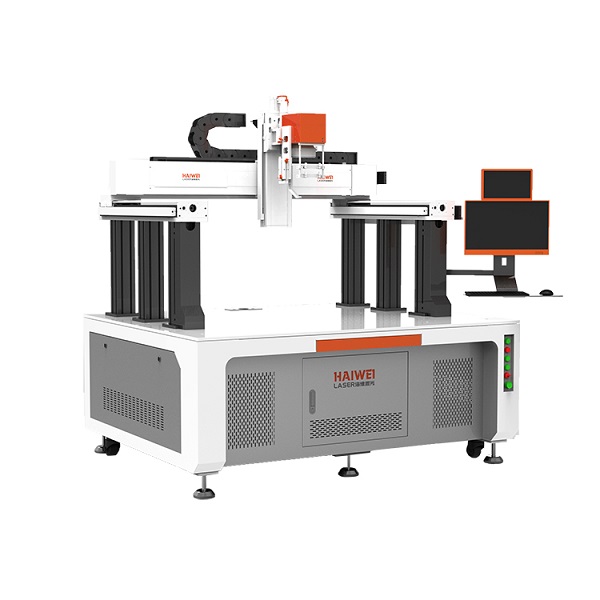Can Automatic Laser Welding Machines Guarantee Hermetic Seals?
For industries such as automotive, medical devices, and battery manufacturing, achieving reliable hermetic seals is a critical requirement in production. When evaluating equipment, companies looking to invest in welding solutions often focus on whether an automatic laser welding machine can consistently meet the demanding sealing standards their applications require.

Precision Control Enables Consistent Penetration
Automatic laser welding machines use programmable parameters—laser power, welding speed, focus position, and pulse shaping—to maintain stable keyhole formation. This allows for full-penetration welds with minimal porosity, which is essential for good hermeticity. Unlike manual methods, automation eliminates operator variability, resulting in repeatable weld quality.
Joint Fit-Up and Fixturing Are Key
Even with high-end equipment, achieving a hermetic seal depends heavily on part alignment and gap control. Automated fixturing ensures consistent contact between mating surfaces. For thin-walled components, such as battery cans or sensor housings, tight tolerances (typically under 0.1 mm gap) are necessary to prevent leaks.
Process Monitoring Enhances Reliability
Advanced systems integrate real-time monitoring, such as seam tracking, melt pool sensors, or plasma emission detection. These tools help identify anomalies during welding—like incomplete fusion or undercut—that could compromise the seal. Some manufacturers also perform inline helium leak testing or pressure decay checks post-weld.
Material and Weld Geometry Matter
Laser welding works well on metals like stainless steel, aluminum, and titanium, which are commonly used in sealed assemblies. The narrow, deep weld profile reduces distortion and supports clean, continuous seams ideal for sealing applications.
Post-Weld Inspection Still Required
While automatic laser welding machines significantly improve the probability of achieving a hermetic seal, final validation through non-destructive testing (NDT) remains standard practice.
An automatic laser welding machine can consistently produce welds with high sealing capability when properly configured and integrated with precise fixturing and process controls. However, "guaranteed" hermeticity depends on the entire process chain—from part design to post-weld testing. Buyers should focus on system stability, monitoring features, and supplier application support to meet their specific sealing requirements.
Recent Posts
- What are the advantages of laser welding machines in lithium battery pack production lines?
- What issues should be noted when choosing a lithium battery pack production line?
- Quality Inspection and Control of Lithium Battery Module Pack Production Line
- Cell grouping and sorting process in lithium battery module pack production line
- What are the safety hazards of lithium battery pack production lines and how can they be prevented?
INQUIRY

